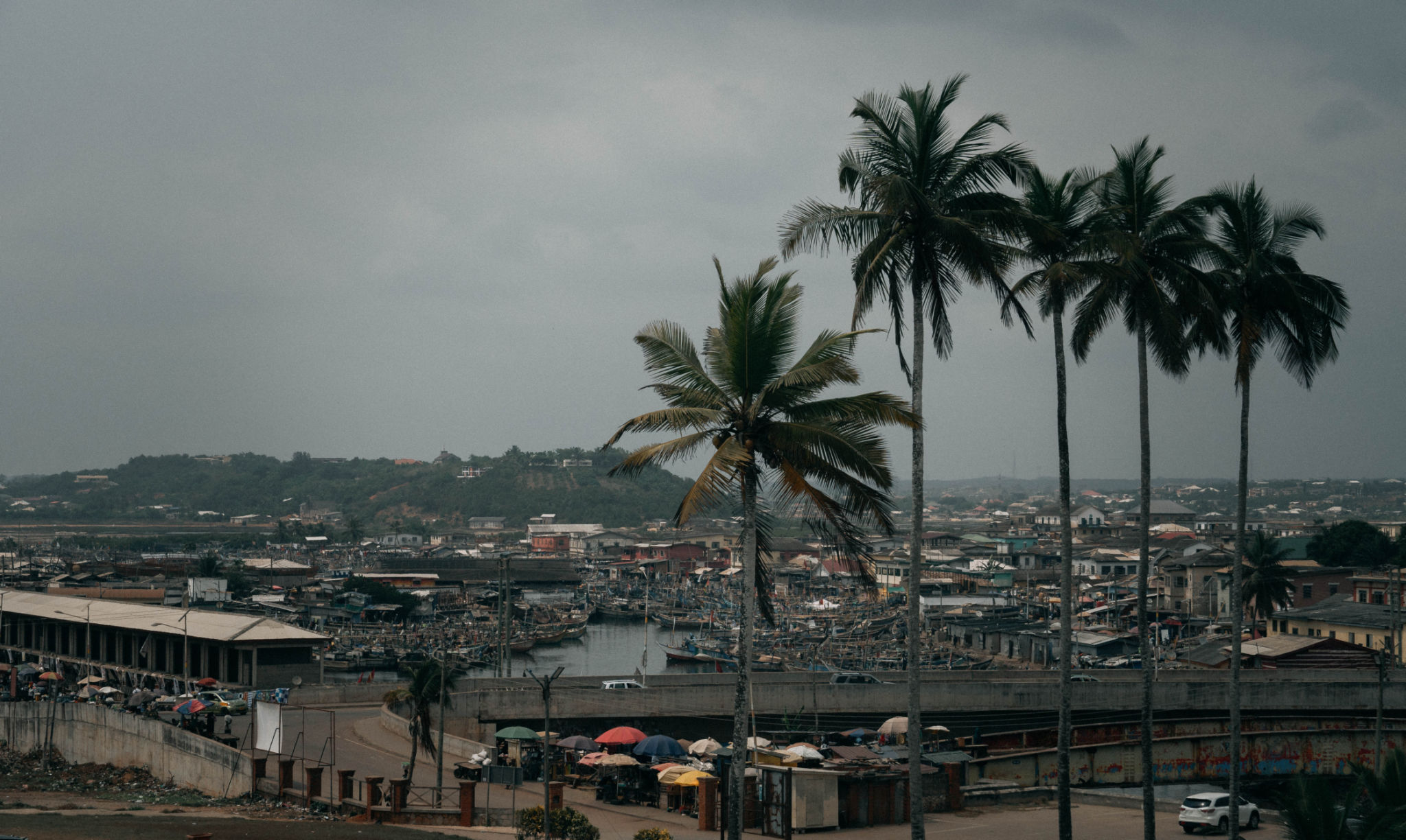The Impact of Climate Change on Ghana's Coastlines
Understanding Climate Change
Climate change is a global phenomenon that is increasingly affecting regions around the world, including the coastlines of Ghana. As global temperatures rise, sea levels also increase, leading to severe consequences for coastal communities. This environmental challenge is not only a threat to the natural habitat but also to the livelihoods of millions of people living in coastal areas.
The coastal regions of Ghana, which stretch over 500 kilometers along the Gulf of Guinea, are particularly vulnerable. These areas are experiencing significant changes due to rising sea levels, increased temperatures, and changing weather patterns. Understanding the impact of climate change on these coastlines is crucial for developing effective mitigation and adaptation strategies.

Erosion and Rising Sea Levels
One of the most visible impacts of climate change on Ghana's coastlines is coastal erosion. As sea levels rise, the force of the waves increases, which in turn accelerates the erosion of the shoreline. This process is not only reshaping the physical landscape but is also threatening infrastructure, homes, and livelihoods built close to the water's edge.
Several communities have already been displaced due to the encroaching sea. The erosion problem is exacerbated by human activities such as sand mining, which removes natural barriers that protect the coast. The combination of natural and human-induced factors is making certain areas uninhabitable, forcing inhabitants to relocate.
Impact on Marine Biodiversity
Climate change is also impacting the marine biodiversity along Ghana's coastlines. Warmer ocean temperatures and acidification are affecting marine life, particularly coral reefs, which are crucial for the marine ecosystem. These changes disrupt habitats and food sources for various marine species, leading to a decline in biodiversity.

As the marine ecosystem is altered, fishing communities that rely on these resources are facing decreasing fish stocks. This has significant implications for food security, employment, and the local economy, which heavily depends on fishing activities.
Socio-Economic Consequences
The socio-economic impact of climate change on Ghana's coastlines cannot be overstated. Coastal communities are primarily dependent on agriculture and fishing, both of which are sensitive to climate variations. Changes in rainfall patterns and increased temperatures affect crop production, while the decline in fish stocks affects the livelihood of fishermen.
Moreover, the threat of displacement due to rising sea levels is a significant concern. As communities are forced to move inland, there is increased pressure on resources and infrastructure in those areas, leading to potential conflicts and social challenges.

Mitigation and Adaptation Efforts
Efforts to combat the impact of climate change on Ghana's coastlines involve both mitigation and adaptation strategies. Mitigation efforts focus on reducing greenhouse gas emissions and promoting sustainable practices. This includes reforestation, promoting renewable energy, and implementing policies that reduce environmental impact.
Adaptation strategies are equally important and include constructing sea defenses, restoring mangroves, and developing early warning systems for extreme weather events. Community involvement and education are crucial components in ensuring these strategies are effective and sustainable.
Conclusion
Addressing the impact of climate change on Ghana's coastlines requires a collaborative effort between government, communities, and international organizations. By understanding the specific challenges faced by these regions, stakeholders can develop targeted strategies to protect both the environment and the communities that depend on it. Ensuring sustainable development and resilience against climate change is essential for the future of Ghana's coastal regions.